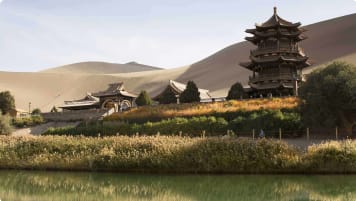The Bhutan Textile Museum
Over the past decade, the Bhutan Textile Museum in Thimphu has steadily established itself as one of the best adverts for local Bhutanese culture. The museum finds the right balance between past and present, highlighting some of the old Bhutanese textile masterpieces, whilst simultaneously promoting the wares of local artisan weavers. In doing so, the Bhutan Textile Museum has succeeded in shining the spotlight back towards an amazing but dying skill. Bhutanese weavers can now continue the practices of their forefathers, without worrying as much about competition in a consumer world governed by mass-production and strict bottom lines.
1 Jan 20 · 3 mins read
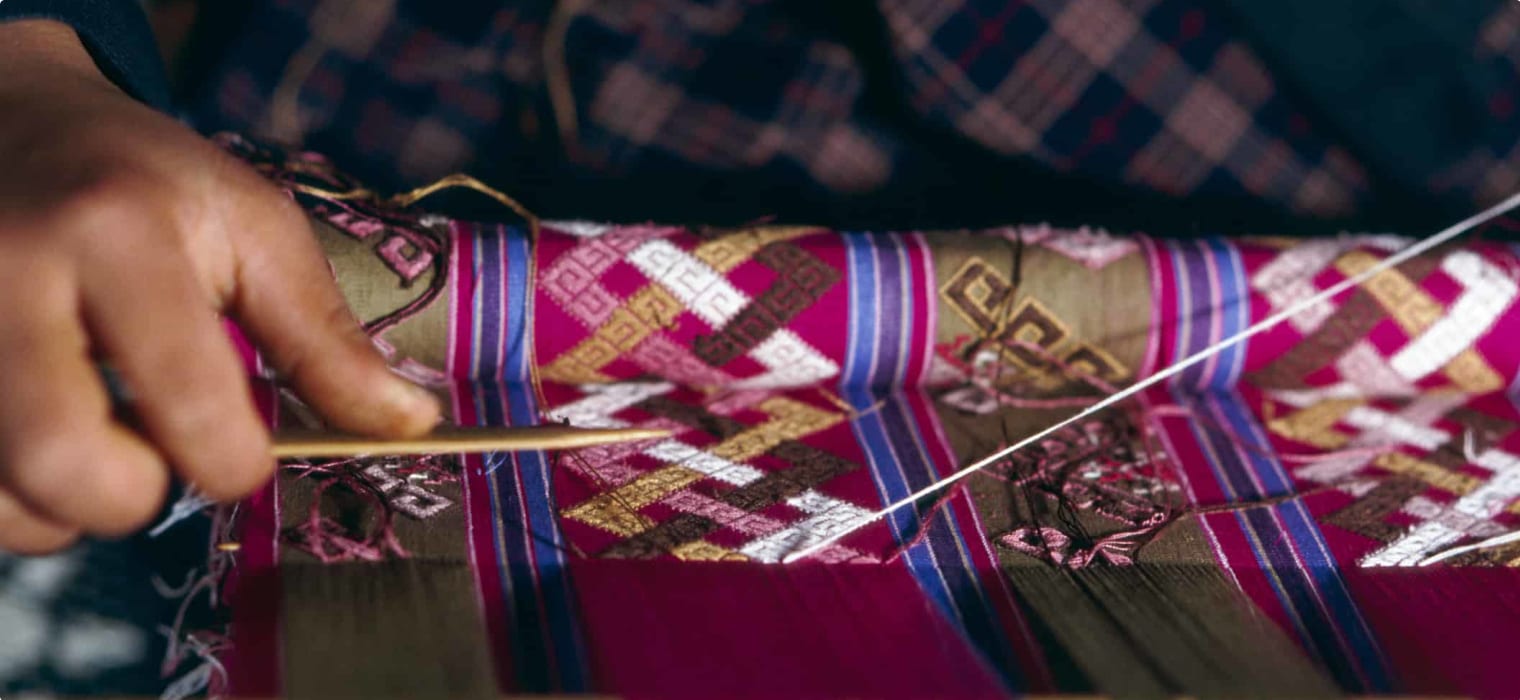
The Bhutan Textile Museum
Over the past decade, the Bhutan Textile Museum in Thimphu has steadily established itself as one of the best adverts for Bhutanese culture. The museum finds the right balance between past and present, showcasing ancient Bhutanese textile masterpieces, whilst promoting the wares of modern artisan weavers. In doing so, the Bhutan Textile Museum has succeeded in shining the spotlight back towards Bhutanese textiles. Bhutan now has a reputation for fine woven goods, and thousands of visitors are attracted annually to purchase these unique goods.
About the Museum
The Bhutan Textile Museum was opened in 2001 at the instruction of Queen Ashi Sangay Choden, one of the four wives of the old Bhutanese King Jigme Singye Wangchuck. The national museum was established to preserve and showcase the rich cultural heritage that has been preserved between Bhutan’s mountainous ridges.The building itself was constructed to replicate a traditional Bhutanese house. Visitors really get a full taste of the country’s cultural heritage, and the lingering influence of tradition on the present.
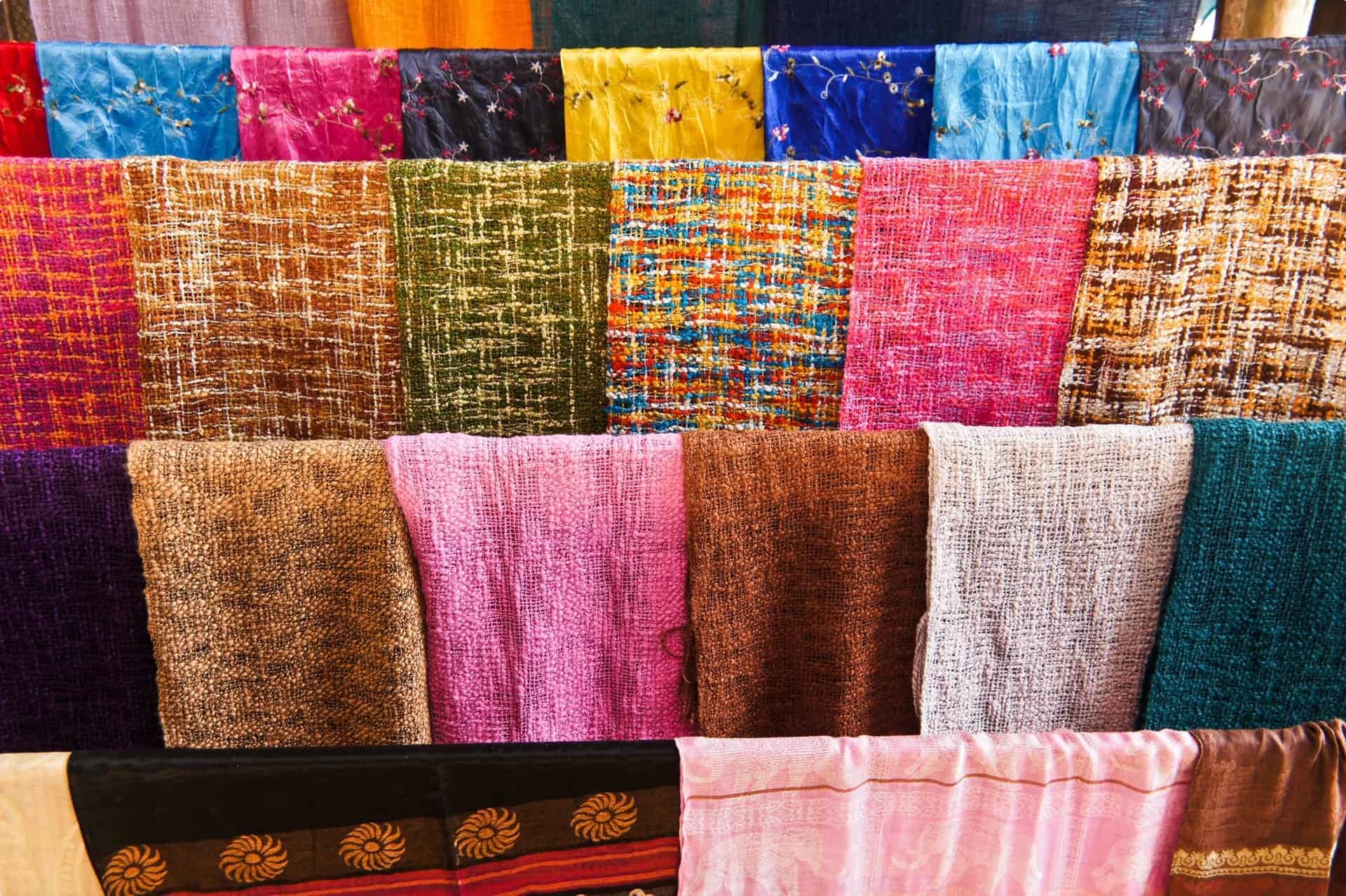
The museum has been hugely successful, giving local artisans a platform to showcase their talent and skill in textile arts to the international community. The influx of international guests has therefore been crucial in creating a mini-renaissance in Bhutanese weaving. Despite the growing pressures towards modernization throughout the country, the Bhutan Textile Museum has created a fresh incentive to not abandon its past. In a sense, international exposure has ensured that the traditions of Bhutanese culture, passed from mother to daughter in isolated villages, will flourish for many more generations.
What’s On
The museum currently houses several exhibitions, each of which gives visitors a unique angle on the textile industry. On the first floor, a range of exhibitions reveal how the Bhutanese have been weaving their luxurious fabrics for generations. Visitors are shown the machines and tools that the Bhutanese use, including a traditional loom. The museum then reveals how weavers have created such a wide spectrum of coloured threads for generations, with collections of the plants used to die threads, and the machines used to do so. Throughout all the exhibitions, the connection between Buddhism, arts and life in Bhutanese culture is made clear. The museum explains how the fabrics are woven with hundreds of Buddhist symbols. They include the endless knot (dramey), double thunderbolt (dorji jadram), swastika (yurung), vase (tshebum), and offering (torma). Many of these symbols have their roots in Tibet, which of all of Bhutan’s many neighbours, has probably had the greatest influence of all on the country.

The final exhibition – the Royal Collection – is intimately tied to the Bhutanese royal family. Here, visitors can see the crowns, dresses (Namzas) and private items of the ruling family, including the bedsheets of the pearl robe from Tsamdrak Goenpa. These include some of the great costumes worn at the old king’s four weddings. Many of the items were lent to the exhibition by the Queen Mother, who still plays a very active role in the museum’s maintenance.

Just across from the Bhutan textile museum is the National Textile Academy, where the traditional techniques of Bhutanese weaving are being kept alive. Here, visitors get the opportunity to see exactly how Bhutan’s great woven fabrics have been made for several centuries. It is a rare chance to witness culture in action, and appreciate the techniques and approaches that provide a threat of continuity from generation to generation. This is a small part of the museum’s wider aim to help preserve and encourage traditional weaving techniques in Bhutan. The museum often auctions off textiles of interest, whilst it also holds competitions for weavers today to showcase (and hopefully sell!) their work.
The museum is located near the heart of Thimphu, the capital and largest city in Bhutan. Photography isn’t allowed. Tourist can visit the museum anytime between 9am to 5pm during the week, and 10am to 3pm on Sundays. There is a nominal fee of 100 INR, around $2 AUD.
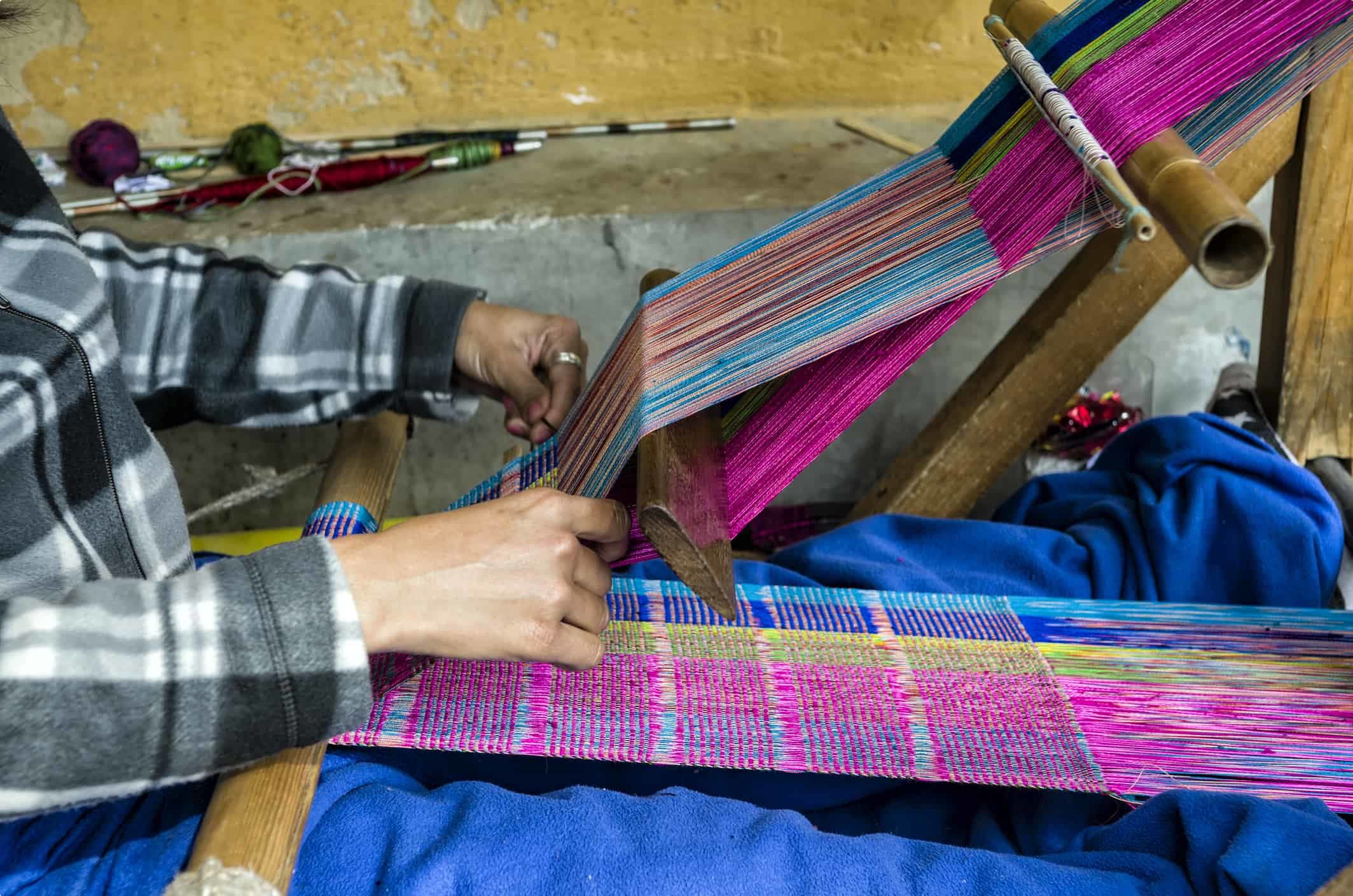
Articles about Bhutan published by Odyssey Traveller:
- Bhutan: A journey into the Hidden Kingdom.
- Festivals of Bhutan.
- Bhutan’s Nalakhar Tschechu Festival
- Temples of Bhutan
- Tiger’s Nest Monastery, Bhutan
For all the articles Odyssey Traveller has published for mature aged and senior travellers, click through on this link.
External articles to assist you on your visit to Bhutan:
Related Tours
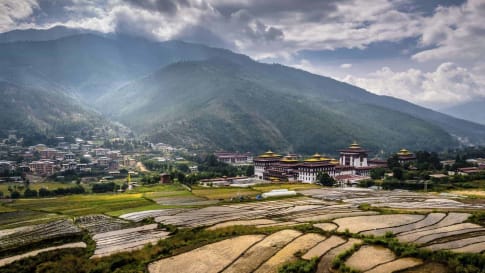
17 days
Sep, AprBhutan | Small Group Cultural Tour
Visiting Bhutan
An unhurried ocean of calm in a crowded continent, Bhutan is scenically magnificent. Join our small group escorted tour and walk up the mountain to the famous Tiger's Nest monastery. The Bhutanese will welcome you to share their distinctive culture, unpolluted environment, and colourful festivals.We explore centuries of Buddhist tradition inherited from Tibet that have shaped this land with art, dance, music, and even medicine shaped by religion.
From A$13,695 AUD
View Tour
14 days
Nov, AprTour of Darjeeling, Sikkim, and Bhutan
Visiting Bhutan, India
Join Odyssey Traveller on this small group tour in the Indian subcontinent, taking us from the verdant tea gardens of Darjeeling nestled in the Himalayan mountain range, to the hilltop monasteries of the former independent kingdom of Sikkim, and finally to the pristine and beautifully isolated mountain landscape of Bhutan.
From A$12,325 AUD
View Tour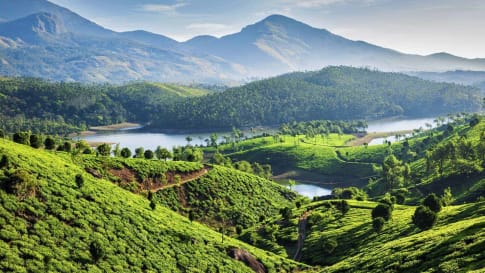
22 days
Nov, MarCultural and History Tour of India | Small Group Tour
Visiting India
Small group tour for mature and senior couples and solo travellers to India. Visiting Delhi and the red fort, Jaipur, Agra and so much more over 22 days explore the world of the Mughal.
From A$12,300 AUD
View Tour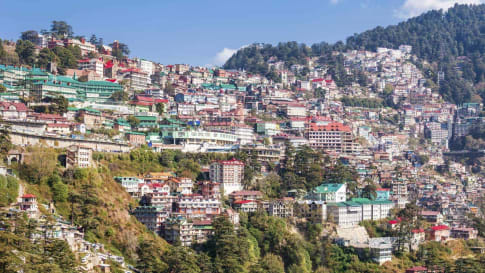
15 days
OctNorth East India small group escorted cultural tour
Visiting India
A unique small group cultural tour visiting the North East region of India, this tour was created for seniors travelling as couples and solo travellers. As we journey through the magnificent landscape and culture we stop to explore Darjeeling, which shares history with Bengal, Sikkim, and Nepal, as well as Tiger Hill, where we witness the changing colours of the sunrise in the Himalayan Range.
From A$9,750 AUD
View Tour